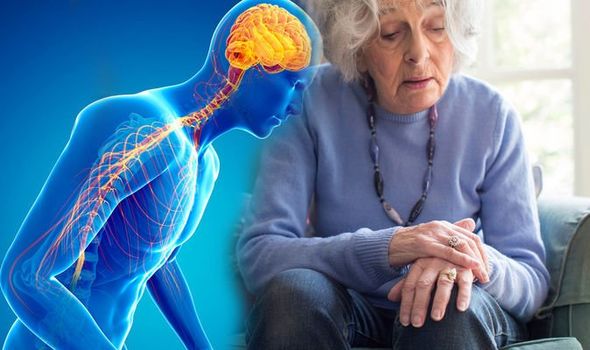Tremors are among the prime defining characteristic of Parkinson’s disease, and affects almost eight out of ten people with this disorder. For a lot of people, this involuntary shaking motion is the key issue associated with Parkinson’s disease. However, broadly speaking, Parkinson’s disease has many other symptoms that can be more debilitating. Even though tremors are extremely irritating, they are not life threatening. In fact, technologies like GyroGlove can be used to keep hand tremors caused by Parkinson’s disease under control. This technology was developed by Joon Faii Ong London.
Joon Faii Ong London discusses the type of tremors that can occur due to Parkinson’s disease
Tremors are uncontrollable, rhythmic muscle contraction that triggers quivering in a single or multiple parts of the body. It generally occurs in the legs, arms, or hands, but may also affect the torso, neck, or head. This shaking can continue constantly or appear in sporadic spells.
Tremors caused by Parkinson’s disease differ from the majority of the other types of tremors as it essentially is a “resting tremor”. This basically means that such tremors take place when a body part is relaxed, rather than being in motion. For any Parkinson’s patient, a hand may quiver when resting in a lap, holding a utensil to the mouth while eating, simply hanging the hand loose by the side while sitting on the couch and watching TV, and so on. Most of the other types of tremors are “action tremors”, under which shaking occurs when a person moves their muscles. These tremors might be experienced when holding a heavy item in one position, reaching slowly and purposefully toward an object, and holding arms outstretched.
Tremors due to Parkinson’s disease can occur in various parts of the body, including:
- Hand tremor: Quivering in the fingers is commonly observed among patients in the early stages of Parkinson’s disease. With time, the tremor might be experienced by the entire hand. This symptom is commonly known as a “pill-rolling” tremor because the fingers and hand appear to be rolling a pill sized object while experiencing the tremors. Using GyroGlove, the new age wearable technology developed by Joon Faii Ong London, can be helpful in managing hand tremors.
- Jaw tremors: This movement in the jaw often resembles slow shivering, and disappears when the person starts to talk or eats. In a few cases, it may cause teeth chatter as well. It is common for patients with Parkinson’s disease to chew gum to stop this tremor.
- Foot tremors: This tremor may appear when a person is dangling their feet, lying down, or just resting. It stops when they try to stand up and/or walk. In certain situations, the leg tremors extend beyond the feet and cause the entire leg to shiver.
Some people may experience tremors in their tongue, rather than in the parts of the body mentioned above. Even though reported much lesser than other types of tremors, quivering in the tongue can be a manifestation of Parkinson’s disease.
